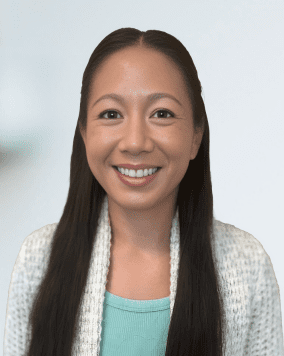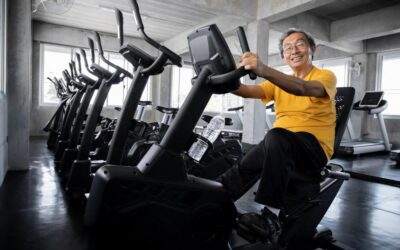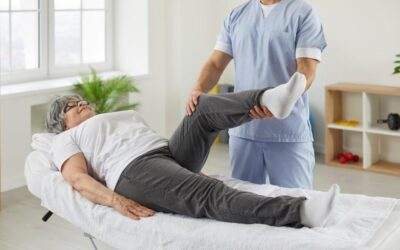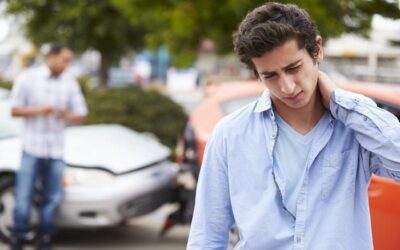Participating in sports keeps us active and social at any age, and comes with numerous benefits for our physical health. While playing sports usually keeps our bodies strong and fit, being active in certain sports can also increase our risk of injury.
One common injury athletic adults can experience is a torn anterior cruciate ligament, or ACL. Although a torn ACL is a serious injury, Dr. Hasan Badday, the sports-related injury expert at Pacific Pain & Regenerative Medicine, regularly helps patients rehabilitate torn ACLs and return to playing the sports they love.
Learn more about what a torn ACL is and nonsurgical treatment options, such as physical therapy.
What is a torn ACL?
Your ACL is one of the major ligaments in your knee. A torn ACL occurs when the ligament that connects your thighbone to your shinbone tears. Depending on the severity of your injury, a torn ACL can range from feeling unstable when you stand or walk to being completely unable to bear weight on the impacted knee.
What causes a torn ACL?
Most commonly, a torn ACL is caused by sudden movement. This includes twisting your knee while your foot is on the ground, pivoting, cutting, or landing on one leg. You can also tear your ACL after experiencing sudden force, such as a ball hitting the outer part of your knee.
You’re most at risk of getting a torn ACL if you regularly participate in sports that require sudden starting, stopping, and pivoting movements or landing on your leg. This includes sports like basketball, soccer, football, and skiing.
What are the symptoms of a torn ACL?
One of the most common indicators of this injury is hearing a popping sound as your ACL tears. The immediate pain is often sharp, and you likely experience swelling right away and feel unable to continue your activity.
Other common symptoms include difficulty bearing weight on your knee, limited range of motion in your knee, and tenderness and warmth in the injured area. Your knee might also appear bruised or feel numb.
What is the treatment for a torn ACL?
If you suspect you’ve torn your ACL, make an appointment immediately to see Dr. Badday. It’s important to get your injury diagnosed accurately and start treatment right away to ensure you make a full recovery.
To diagnose a torn ACL, Dr. Badday starts by examining your knee. He might also take X-rays or perform an MRI or ultrasound.
If your ACL tear is mild or moderate, Dr. Badday usually treats it using a conservative rehabilitative program, combining the RICE (rest, ice, compression, and elevation) protocol and taking NSAIDs such as ibuprofen to reduce swelling and pain. He also often recommends you start a rehabilitative program to help you regain strength and functioning in your ACL.
Dr. Badday’s customized sports injury treatment programs involve a combination of physical therapy and massage. Your specialized program works by rebuilding the damaged ligament while mobilizing your knee, strengthening the surrounding muscles, stimulating tissue regrowth, and relieving pain while stimulating healing.
Typically, your rehabilitative program for a torn ACL includes treatment such as special stretches and exercises, joint mobilization, laser therapy, and massage therapy. In addition to outpatient treatment at Pacific Pain & Regenerative Medicine, Dr. Hassan may give you exercises and stretches to do at home between sessions.
By undergoing a rehabilitative program with Dr. Badday, you can regain your pre-injury health and return to the sports you love. Pacific Pain & Regenerative Medicine has offices in both Irvine and Los Angeles, California. To begin your treatment program for a torn ACL, make an appointment with the office of your choice by calling or booking an appointment online.









